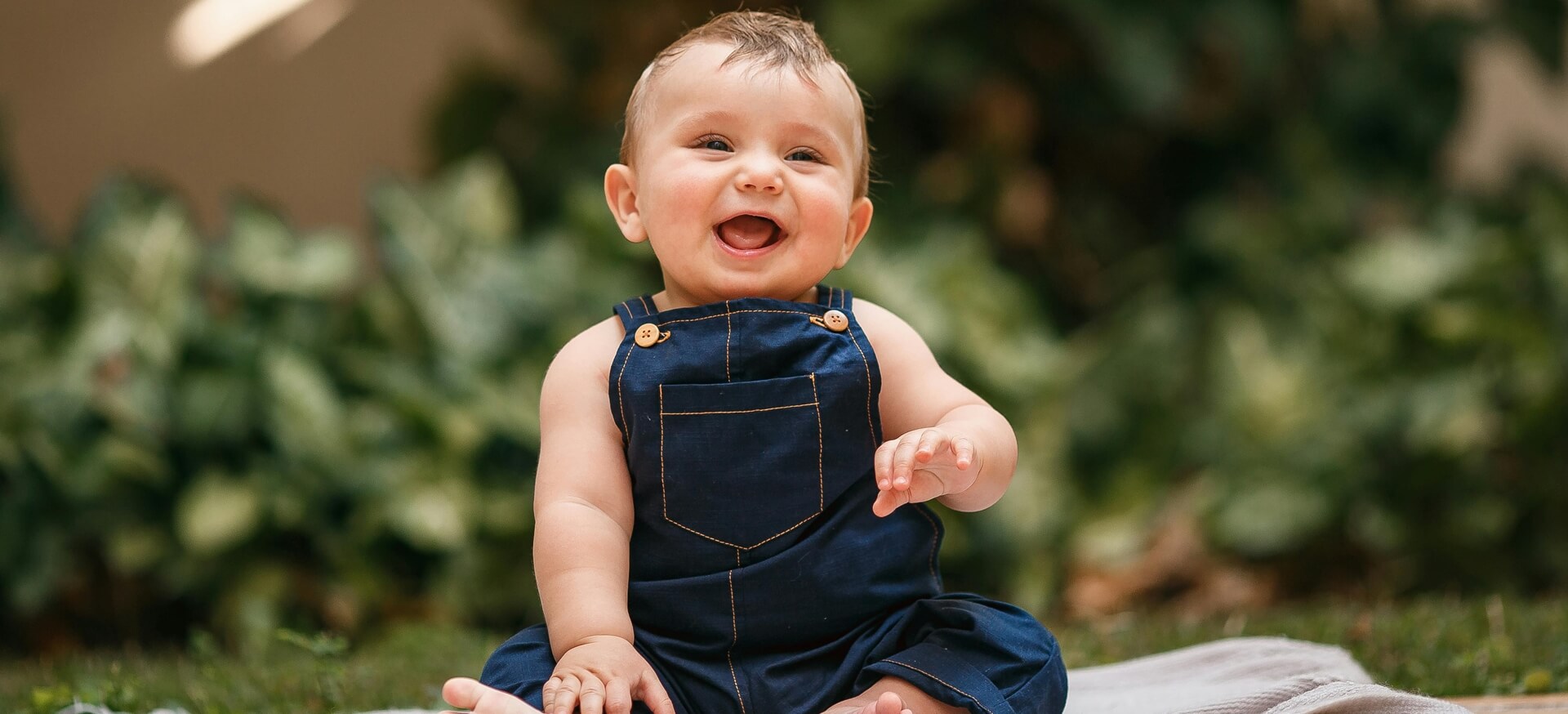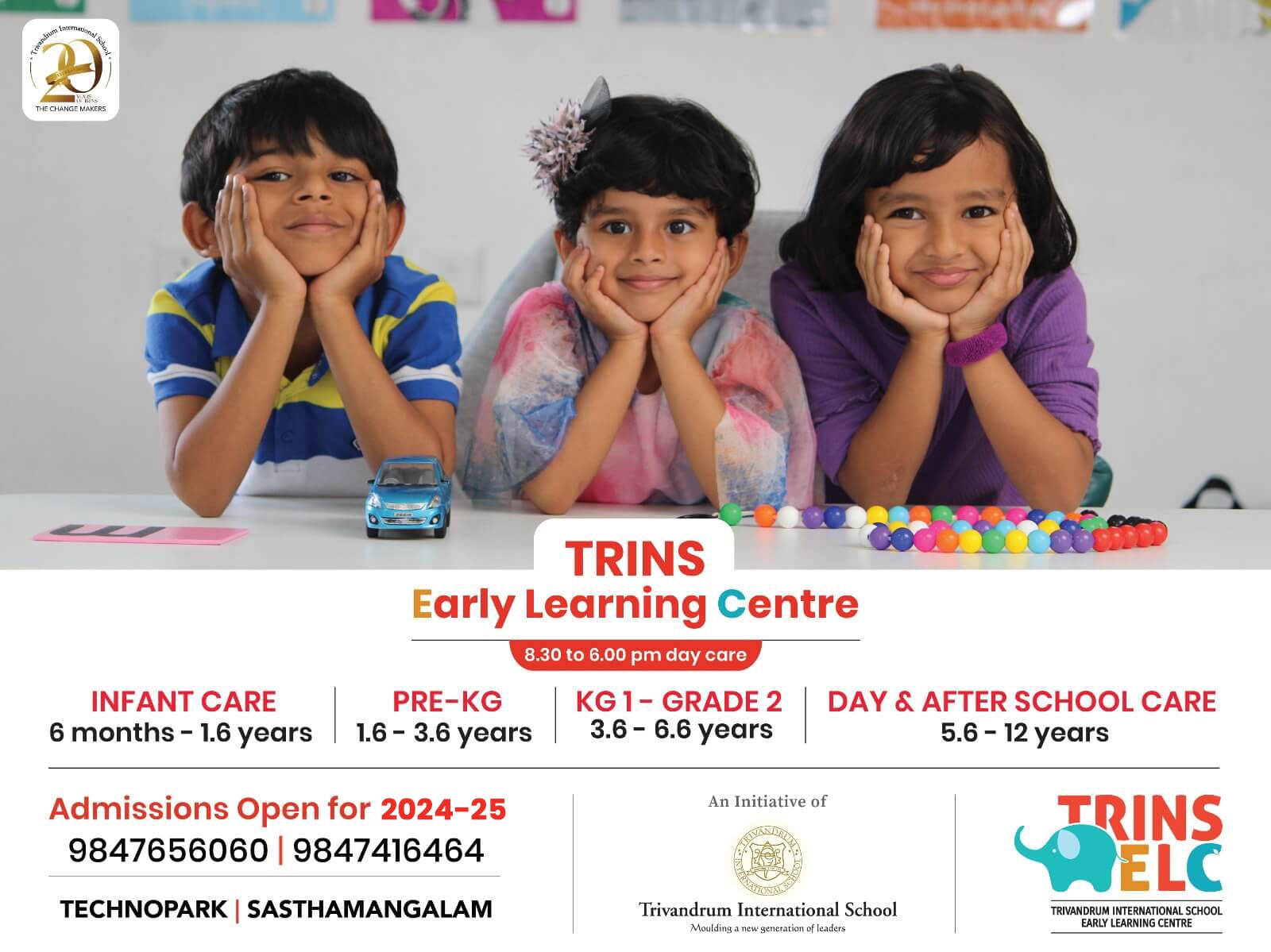


Sensory Activities for One-Year-Olds: Enhancing Early Development

The first year of a child's life is filled with rapid growth, exploration, and learning. Sensory activities play a crucial role in promoting cognitive, physical, and emotional development. These activities help stimulate the senses—touch, sight, sound, taste, and smell—and aid in the creation of neural pathways, improving a child’s ability to perceive the world around them.
Why Are Sensory Activities Important?
Engaging in sensory activities not only enhances fine and gross motor skills but also supports language development, social interaction, and problem-solving abilities. At this age, children are naturally curious, and activities that allow them to explore different textures, sounds, and objects contribute to their overall development. Sensory experiences help children to develop a deeper understanding of the environment and build a strong foundation for learning.
Key Sensory Activities for One-Year-Olds
1. Water Play
Water play is an excellent sensory activity that can engage a one-year-old for extended periods. Whether it's splashing in a small basin or using a few plastic cups and toys, water play allows children to experience the sensation of water, observe how objects float or sink, and practice basic motor skills like grasping and pouring.
Benefits of Water Play:
- Encourages physical activity.
- Improves coordination and control.
- Supports cognitive development through cause-and-effect learning.
2. Exploring Different Textures
One-year-olds love to touch and feel different materials. You can create a texture box filled with soft, rough, squishy, and hard objects like fabric, rubber balls, feathers, and wooden toys. Let your child explore these materials, feel the different textures, and watch how they react to each one.
| Texture | Example Objects |
|---|---|
| Soft | Cotton balls, plush toys |
| Rough | Sandpaper, burlap fabric |
| Squishy | Rubber balls, playdough |
| Hard | Wooden blocks, metal spoons |
Benefits:
- Enhances tactile sensory awareness.
- Encourages exploration and curiosity.
- Strengthens hand-eye coordination.
3. Musical Instruments
Introducing simple musical instruments like tambourines, maracas, or drums is another way to engage a one-year-old's auditory senses. The sound of the instruments captivates their attention, and their actions help them understand cause and effect. It also provides an opportunity for them to experiment with rhythm and sound.
Why Music Helps:
- Encourages auditory development.
- Improves rhythm and coordination.
- Supports early language development as children begin to recognize patterns in sound.
Simple Sensory Activities at Home
4. Sensory Bins
A sensory bin is a container filled with various materials like rice, beans, or pasta that your child can touch, scoop, and sift through. You can add small toys or objects of different shapes, colours, and textures for added interest. Sensory bins provide an interactive experience where children can manipulate objects and materials, promoting both fine motor skills and cognitive development.
Advantages of Sensory Bins:
- Enhances concentration and focus.
- Encourages independent play.
- Develops fine motor skills and hand strength.
5. Outdoor Exploration
Outdoor environments offer endless opportunities for sensory play. Allow your child to feel the grass, touch leaves, or play with sand. These natural elements stimulate various senses and introduce children to the natural world in an exciting way. Being outside also promotes physical activity and offers fresh air.
Outdoor Exploration Ideas:
- Playing in a sandpit.
- Collecting leaves and twigs.
- Feeling the wind and watching birds.
The Role of Sensory Play in Emotional Development
Sensory activities help one-year-olds become more aware of their emotions. For example, certain textures can be soothing, while others might stimulate excitement. Activities like water play can be calming and help manage early childhood anxieties. Introducing these experiences in a controlled, safe environment also helps children develop a sense of security and confidence.
Sensory Play and Emotional Responses
| Activity | Emotional Response |
|---|---|
| Water Play | Calming, reduces stress |
| Texture Exploration | Excitement, curiosity |
| Music Making | Joy, sense of accomplishment |
Sensory Play for a Well-Rounded Development
Sensory activities are vital to the early development of one-year-olds. These activities encourage exploration, stimulate curiosity, and contribute to the child’s physical, cognitive, and emotional growth. By providing your child with a variety of sensory experiences, you help lay the foundation for their future learning and development. Whether through water play, texture exploration, or musical engagement, sensory activities enrich their world and help them understand the environment around them.





